Though simple and straightforward, the carnivore diet combines many healing principals into one easy-to-follow way of eating.
Some things are avoided: Common allergens, oxalates, and nightshades. Some things are increased: Healthy fat, cholesterol, omega 3 fatty acids, and many other nutrients.
In doing the carnivore diet, we’re able to balance the microbiome, stop autoimmune reactions, lose unneeded fat, increase insulin sensitivity, lower blood glucose levels, gain muscle and lean body mass, feed our brain, and more.
As with all dietary changes and meal plans, this is my opinion only, and I am not qualified to treat, prevent, or cure any disease.
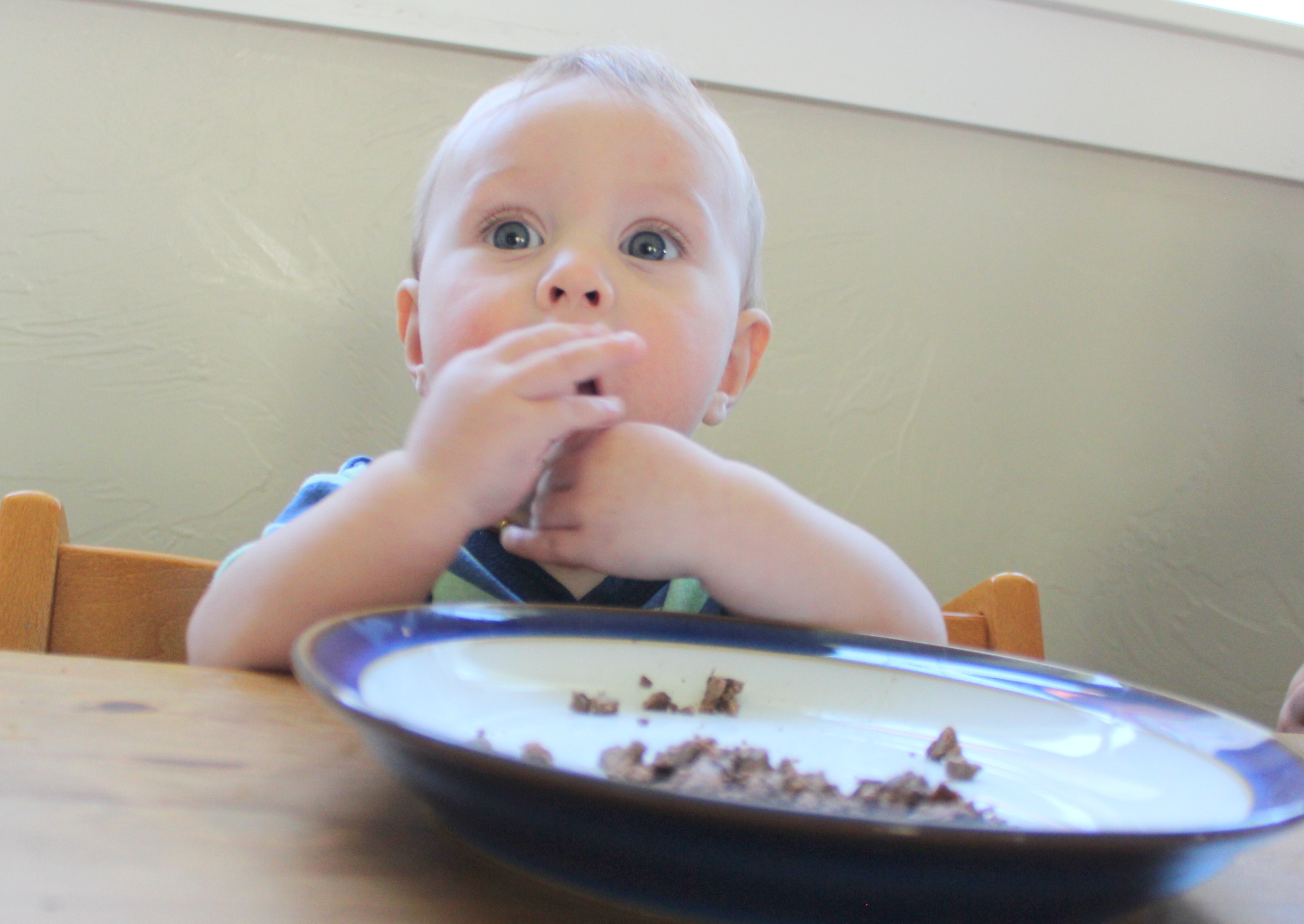
Surprisingly, many babies enjoy liver! I offer organic free range chicken and beef liver, cooked and salted with sea salt as a first food. Read more about starting babies on nutrient dense foods at first here.
Nutrient Density
When it comes to nutrient density of the nutrients we need to grow young children, repair and replace our own cells, and keep our body systems running, nothing can beat animal foods. Our stomachs are a ph of 1.5-3.5, which is very acidic and very good at getting the nutrients out of meat.
Consuming nose-to-tail (organ meat, not just muscle meat) helps boost the nutrient density.
Having a diet made up of easily absorbed, bio-available nutrients absolutely floods your body with the building blocks needed for it to do its own repair on everything from your brain to joints to muscles to blood cells.
References:
https://www.gastrojournal.org/article/0016-5085(87)90619-6/fulltext
https://www.ncbi.nlm.nih.gov/pmc/articles/PMC6213018/
Anti-Nutrients and Nutrient Absorption
Plant foods contain anti-nutrients, as well as nutrients. Animal foods have already had those anti-nutrients ‘filtered out’ when the animal ate the plants. With perfect digestion, balanced microbiome, and limited environmental toxins, it’s likely that we are, as omnivores, able to easily deal with the anti-nutrients in plants and thrive on the good stuff that they provide. With an increased toxic load, generations of poor nutrition, and gut flora that is unbalanced, some of us have more trouble with anti-nutrients than others. Particularly, phytic acid that is found primarily in grains and legumes, is known to interfere with absorption of zinc, magnesium, calcium, and iron.
Anti-nutrients are not limited to phytic acid. Oxalates, lectins, phenols, and more are all found in plant foods, but not animal foods. This isn’t to say that everyone should always avoid all plants, just be aware that there is a balance, and it will look different for everyone.
There is also evidence to suggest that these compounds, in a healthy person with a healthy digestive system, can provide ‘resistance’ that encourages the body to heal and strengthen. Think of carnivore as more of a resting and repairing protocol, and eating plants as pushing the body, or strength training. You wouldn’t go into the gym and start an exercise program if you had two broken limbs and pneumonia… you’d rest while your body repaired itself. Then it may be time to introduce ‘the gym’ aka plants with anti-nutrients.
Oxylates are high in many plant foods and are correlated with decreased calcium absorption, kidney stones, and joint pain.
Lectins are found in approximately 30% of the plant food that the standard American eats including beans, grains, squash, and nightshades. Lectins are correlated with deterioration of the gut wall (leaky gut), autoimmune responses, and more.
Phenols and salicylates are found in brightly colored fruits and vegetables and can trigger autism and/or ADHD symptoms in some individual.
Sources:
https://www.ncbi.nlm.nih.gov/pmc/articles/PMC5983041/
https://www.ncbi.nlm.nih.gov/pubmed/26939264
https://www.ncbi.nlm.nih.gov/pubmed/15302522
https://www.ncbi.nlm.nih.gov/pubmed/24393738
Allergies, Autoimmune, & Inflammation
These three are all tied to the body’s overactive immune system. When we eat only animal products, avoiding any known allergies like dairy or eggs, the body gets a chance to calm down.
When we have leaky gut it’s likely that our body is reacting, or having an immune response, to every food we consume. Because all animal products are digested high up in the digestive system, the amount of nutrients that cross the lower gut and enter the bloodstream in undigested particles, triggers allergic, autoimmune, and inflammatory responses. These can include hives, rashes, joint pain, fatigue, swelling, diarrhea, and more.
Read more:
- The Food Allergy-Behavior Link (how an allergy can cause rage, depression, and more)
- Why I Don’t Recommend Blood Allergy Tests (IgG or IgE)
- Food Allergies Originate in Your Digestive System
- How Lupus Originates in the Gut: Autoimmune disease focus
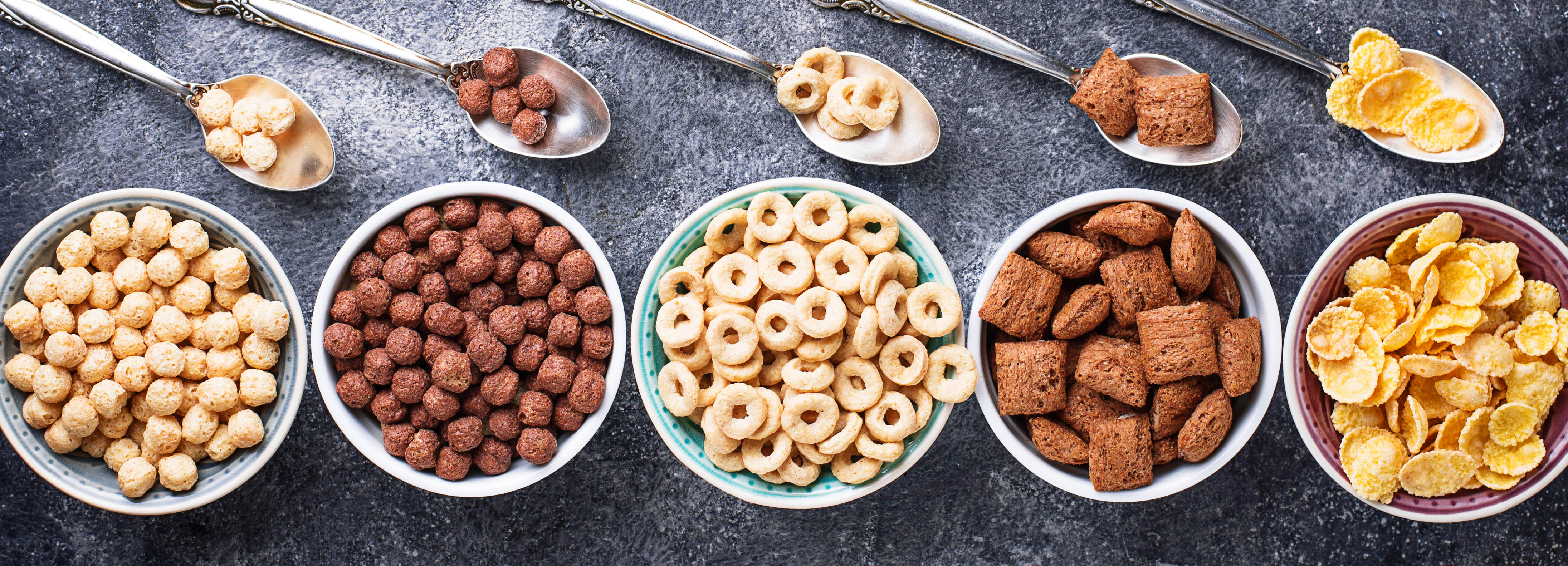
Fiber & Digestion
Maybe one of the biggest myths of our time, fiber is actually bad for our digestion. Science shows over and over that when a no-fiber diet is consumed, digestion is improved! Studies of people with IBS, constipation, diarrhea, and other digestive issues all show either complete elimination or huge improvement when fiber is greatly reduced or eliminated.
When we don’t eat stuff that we don’t digest (fiber and other chemicals in plants) our body has to work so much less to digest our food. This gives our body a break to repair our gut and spend energy (along with the boost in nutrition) healing other parts of our body.
Sources:
https://www.ncbi.nlm.nih.gov/pmc/articles/PMC3435786/
https://www.ncbi.nlm.nih.gov/pmc/articles/PMC3544045/
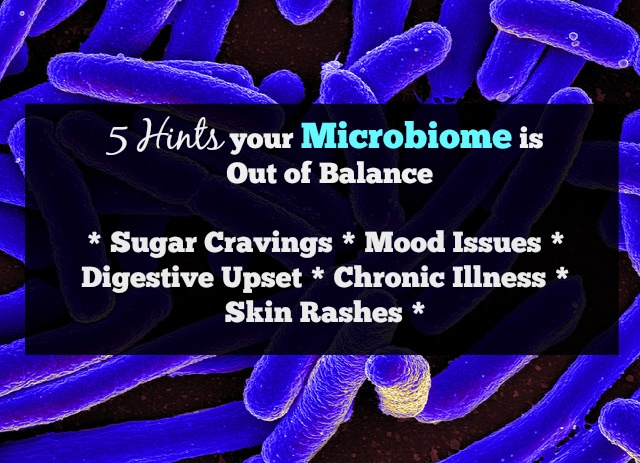
Microbiome & Leaky Gut
Microbiome is big in the news now, and for good reason! This colony of microorganisms in our gut works together with our body to digest our food, line our gut wall to protect it, secrete enzymes, and even control our cravings! The microbiome is a big reason why it’s hard to stop craving sugar even if we only have a little bit – if we eat sugar, we’re feeding the bugs that also eat sugar.
And when we feed the bugs that eat sugar, they actually can ‘poop’ out chemicals that make their way into our bloodstream and up into our brain. Microorganisims are also survival of the fittest, so the ones that have this nifty adaptation (making us crave the foods they need) are the ones who survived. If you’ve ever felt like your brain was taken over and sugar cravings were beyond your control, you can blame your microbiome!
Thankfully when we stop eating sugar, wheat, or anything else that is unhealthy for us, those little bugs will die off. Usually this takes 72 hours, so don’t be surprised if around the 3-day mark you get massive sugar cravings… and then after that they seem to disappear.
It’s not just about the sugar and carb cravings, your microbiome can also send other signals to your brain causing fatigue, fuzzy thinking, and even psych issues like obsessive compulsive, depressive, or anxious thinking.
The bad bacteria, also called pathogenic bacteria, thrive on carbohydrates and reside low in the digestive tract. By going animal products only, or zero carb, the good bacteria take over and the bad are kept in check or completely eliminated. Your microbiome is always changing, due to the different foods you eat. When we avoid carbs, we speed up this change and quickly starve out the bad.
Quick note: The microbiome is not all bad! We need a microbiome and the good bacteria in your gut that help you digest food. The microbiome functions as a large part of your immune system, helps produce serotonin and dopamine (feel good hormones) and gives you cravings for the food that is good for you!
Read more:
- Leaky Gut Treatment Through Diet
- 8 Free Things You Can Do Today to Help Fix Leaky Gut
- Unexpected Signs That Your Family Has Leaky Gut
- 5 Unconventional Ways Leaky Gut Presents Itself
Sleep, Exercise, & Lean Body Mass
Good sleep is one of the biggest indicators of good health! Anecdotally, the carnivore diet is correlated with excellent quality sleep. With good sleep comes good energy during the day. Also anecdotally, but carnivore diet seems to go hand and hand with wanting to exercise.
We adapt an almost primitive mindset of enjoying fresh air, and active play – whether that’s joining a coed sports team or running with the dog or playing with our kids. Flooded with the nutrients needed to repair and build muscles, it is common to have much more desire to exercise while on the carnivore diet. This weight bearing exercise increases lean body mass (muscles and bones) and improve metabolism. When the metabolism is running high not only is it easier to maintain a healthy weight, but a higher metabolism is also correlated with a general increase in overall health.

Insulin and Blood Glucose
Insulin resistance is a huge problem that affects the population. Most people take action in regards to insulin resistance when it causes weight gain. This often goes hand-in-hand with type 2 diabetes, though not always. Insulin resistance isn’t a problem in only people who have type 2 diabetes or are overweight.
Insulin resistance is also linked with heart disease, cancer, infertility, and blood sugar fluctuations – getting lightheaded or shaky between meals.
High blood glucose is a byproduct of insulin resistance. Type 1 diabetics have this as a result of not making enough (or any) insulin and requires insulin, though much less is required when eating low carb. Type 2 diabetics can lower their insulin resistance AND blood glucose by following a carnivore (or really any low carb diet).
If you have uncontrolled blood glucose (type 1 or 2) it is encouraged that you work with an endocrinologist as you transition onto keto or carnivore. There is a risk of ketoacidosis in those with uncontrolled blood sugar with the presence of ketones. Once the transition to low carb has been made, and blood glucose is under control, ketoacidosis is no longer a risk.
The carnivore diet stabilizes blood glucose because it is a very low carb diet, relying on ketones for energy rather than carbohydrates. This gives the body a break from needing to produce and respond to so much insulin, as the body gets energy directly from fat.
Sources:
https://www.ncbi.nlm.nih.gov/pmc/articles/PMC1204764/
Ketones and being in Ketosis
Ketosis is where most of the magic of carnivore comes from. When our body is running on fat, not carbs, we are providing our brain with ketones instead of glucose. Ketones have been extensively studied and are shown to help everything from neurological conditions including drug-resistant epilepsy and MS, addiction recovery, carb binges, anxiety and depression, and more.
To stay in ketosis on carnivore, some people have to keep their fat consumption around 80% calories from fat or more. But most of those who follow the carnivore diet will be in ketosis without tracking anything.
When searching medical journals for studies on ketosis, search ‘very low carb diets’ VLCD, modified atkins diets, and keto. The ‘old version’ of keto, used primarily as seizure control for the past century, also limited protein and liquids, which affected children’s growth and the kidneys. Some doctors still recommend against ‘keto’ for this reason, they are looking at studies that restricted protein and liquids, on a protocol that was very hard to follow.
Read more:
- How to Start the Ketogenic Diet & What You Can Eat on Keto
- Keto Diet for Kids: Risks and Benefits (huge benefits!)
- For step-by-step help getting into ketosis,join the Keto Family Class.

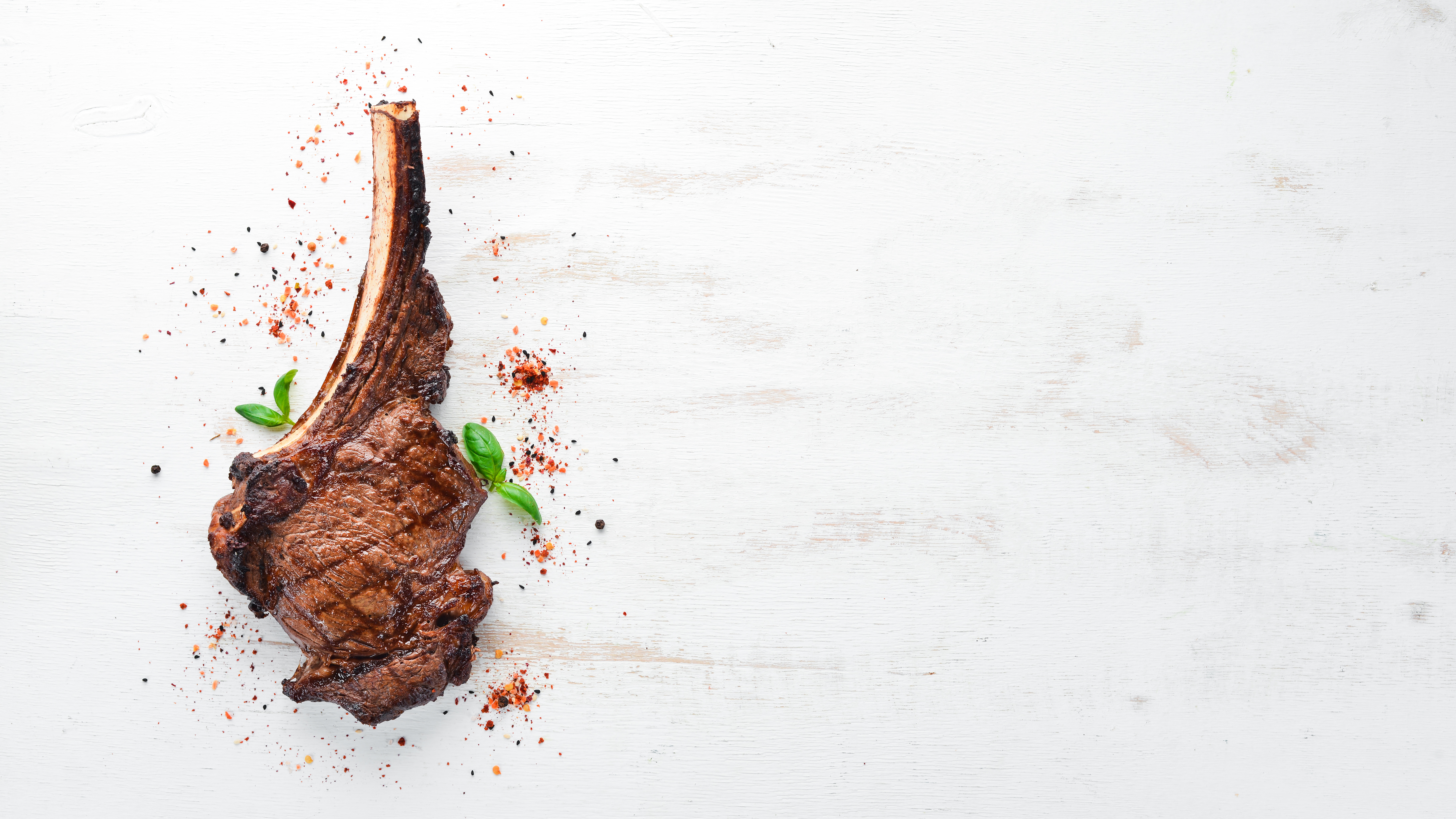



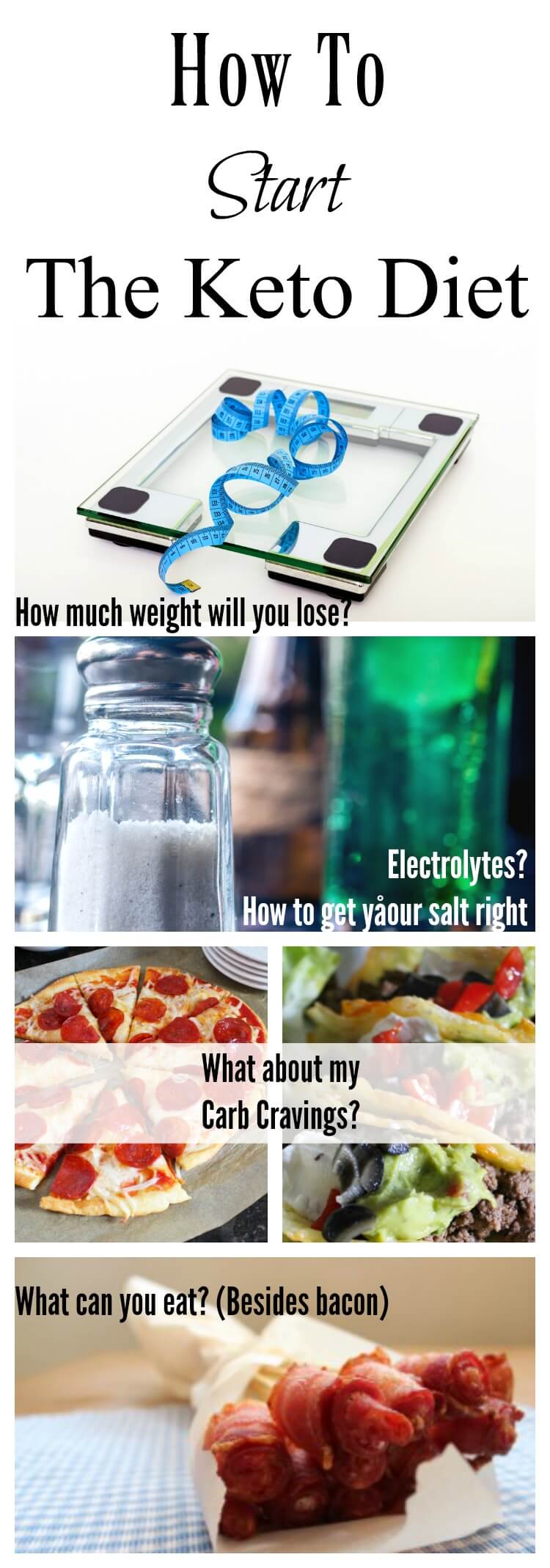
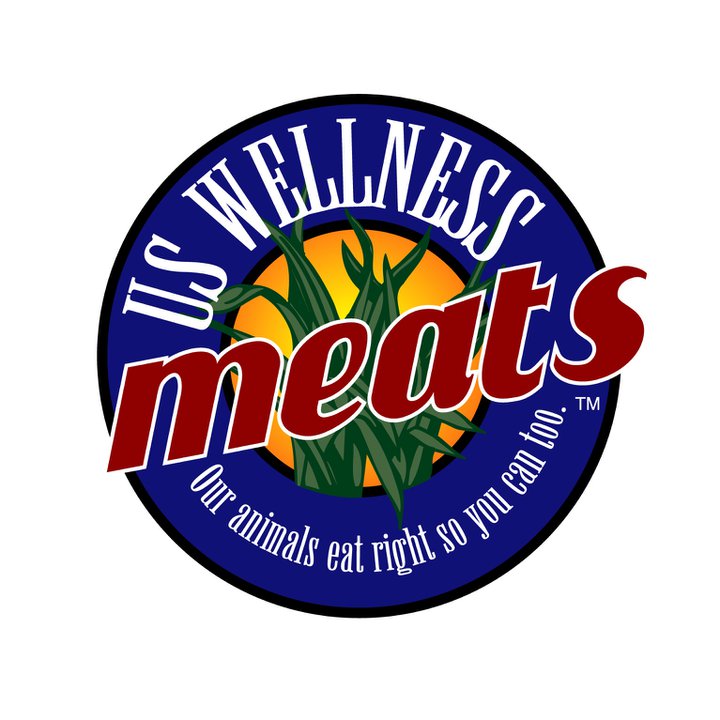


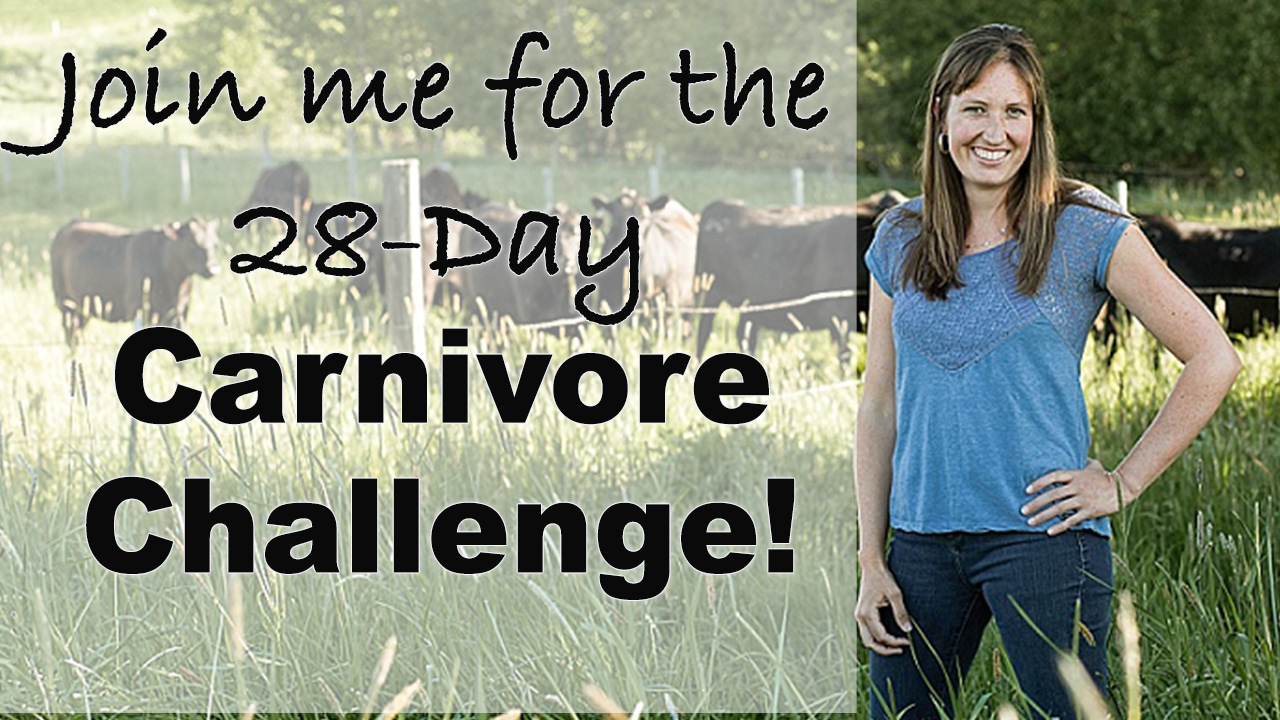


Is it just me, or does your sentence above “Because all animal products are digested high up in the digestive system, the amount of nutrients that cross the lower gut and enter the bloodstream in undigested particles, triggers allergic, autoimmune, and inflammatory responses.” need a little bit of a change? It reads as if it’s saying *not* to eat animal products, and I think you actually mean the opposite?
Anyway, this is an amazing website!!! I’ve only just come across it, and there’s so many interesting articles, I think I’ll be here for a while. Thank you so much for sharing your knowledge.
I’ve been full carnivore for 18 months and feel so much better than I ever have before in my sugar-addicted 60+ years.
The irony is that the small intestines secrete acid to digest meat as well, and as such, microbes such as e.coli in the colon finish the digestion of meat there as well. Meat literally just dissolves into amino acids+water, 95% digestible matter or more. Plants are not food for humans, as we are obligate carnivores, and would only seek to eat plants when sick (if we followed our instincts) because plants are made into all of the medicines we take, which are just the plant-poisons concentrated. Eating plants for “nutrients” is utter nonsense. If anything the allergies are caused by the indigestible and irrelevant plant proteins.